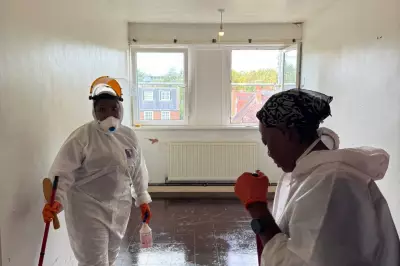
Death is an inevitable part of life, but what exactly happens to our bodies once we pass away? A forensic expert has revealed the startling biological processes that occur post-mortem, shedding light on a topic many find unsettling yet undeniably fascinating.
The First Stages After Death
Immediately after death, the body begins to cool in a process known as algor mortis. This gradual temperature drop continues until the body matches the surrounding environment.
Within 2-6 hours, rigor mortis sets in as muscles stiffen due to chemical changes. This temporary state typically lasts 24-48 hours before dissipating.
The Science of Decomposition
Decomposition begins almost immediately after death through two primary processes:
- Autolysis - The body's own enzymes start breaking down cells
- Putrefaction - Bacteria from the gut spread throughout the body
These processes create the characteristic signs of decomposition including skin discoloration, bloating, and odor.
Environmental Factors
The rate of decomposition varies significantly depending on:
- Temperature (warmer environments accelerate the process)
- Humidity levels
- Presence of insects or scavengers
- Whether the body is buried, submerged, or exposed
In optimal conditions, a body can skeletonize in as little as two weeks, while in colder environments the process may take years.
Forensic Importance
Understanding these post-mortem changes is crucial for forensic investigators. By examining the stage of decomposition, experts can often estimate time of death - vital information in criminal investigations.
While the subject may seem morbid, this knowledge helps bring closure to families and justice in legal cases.





